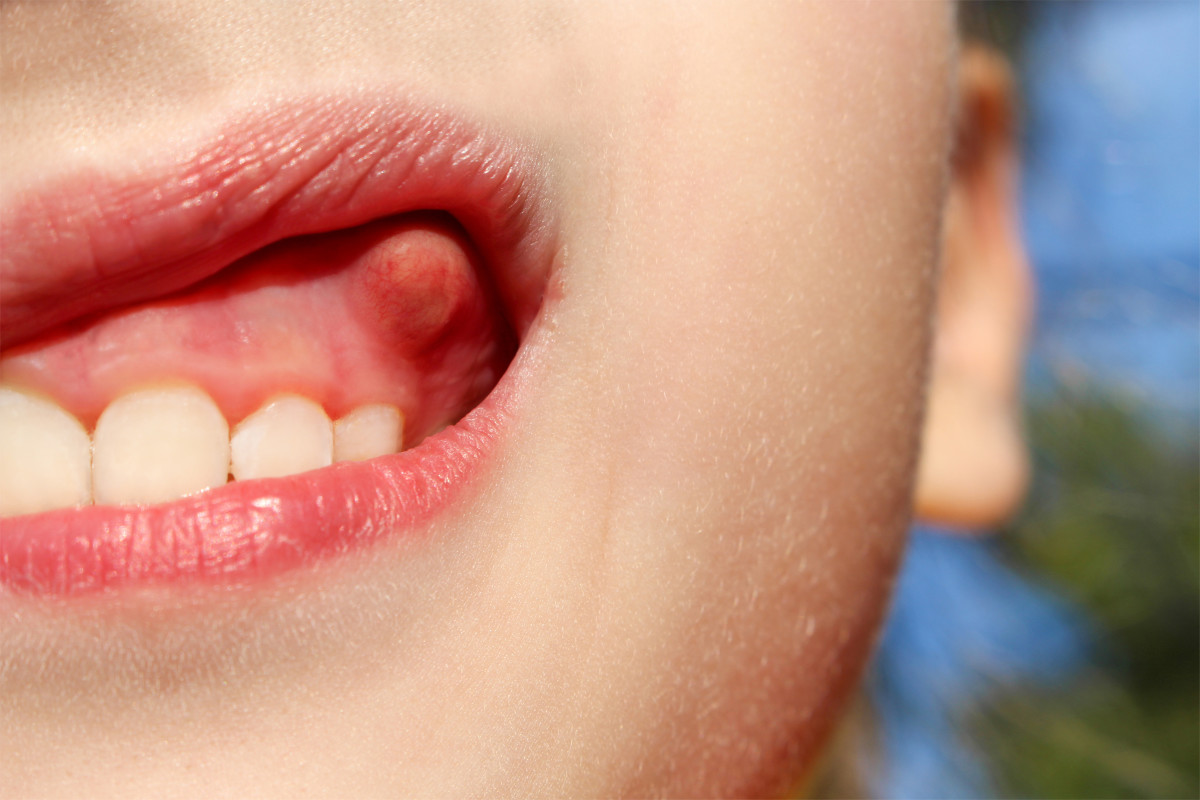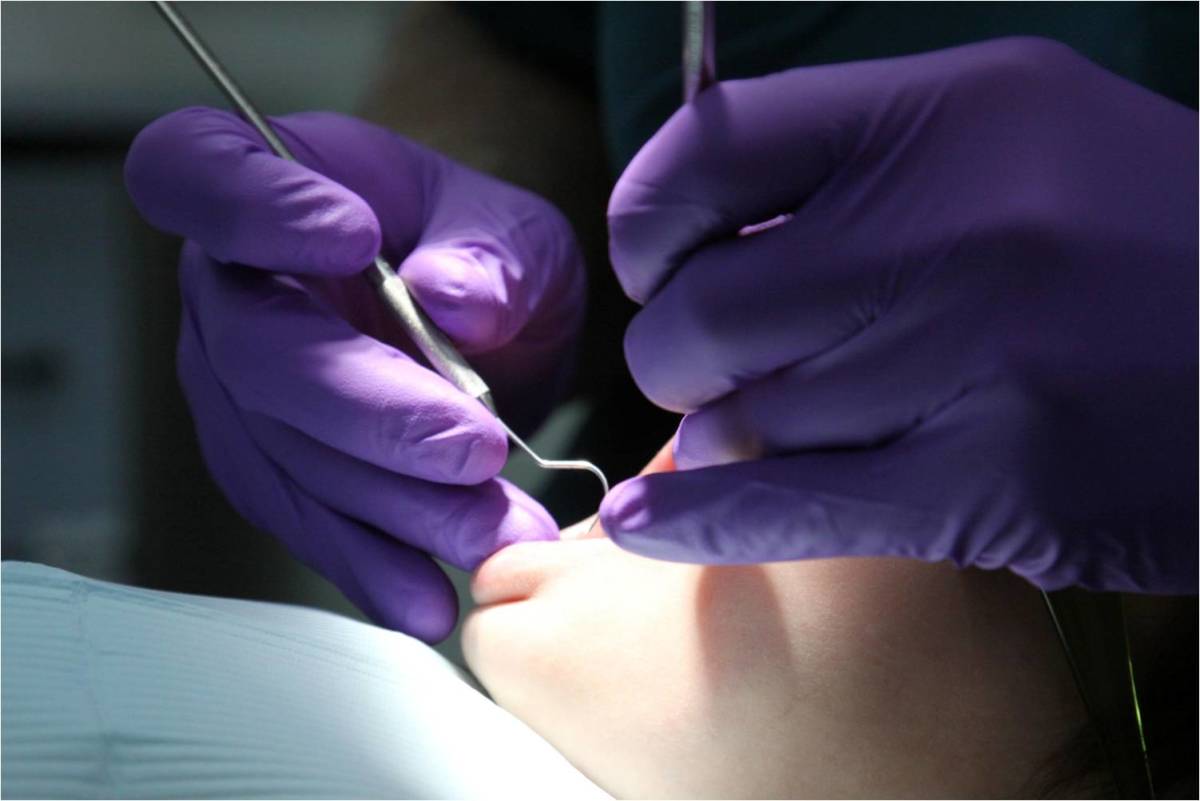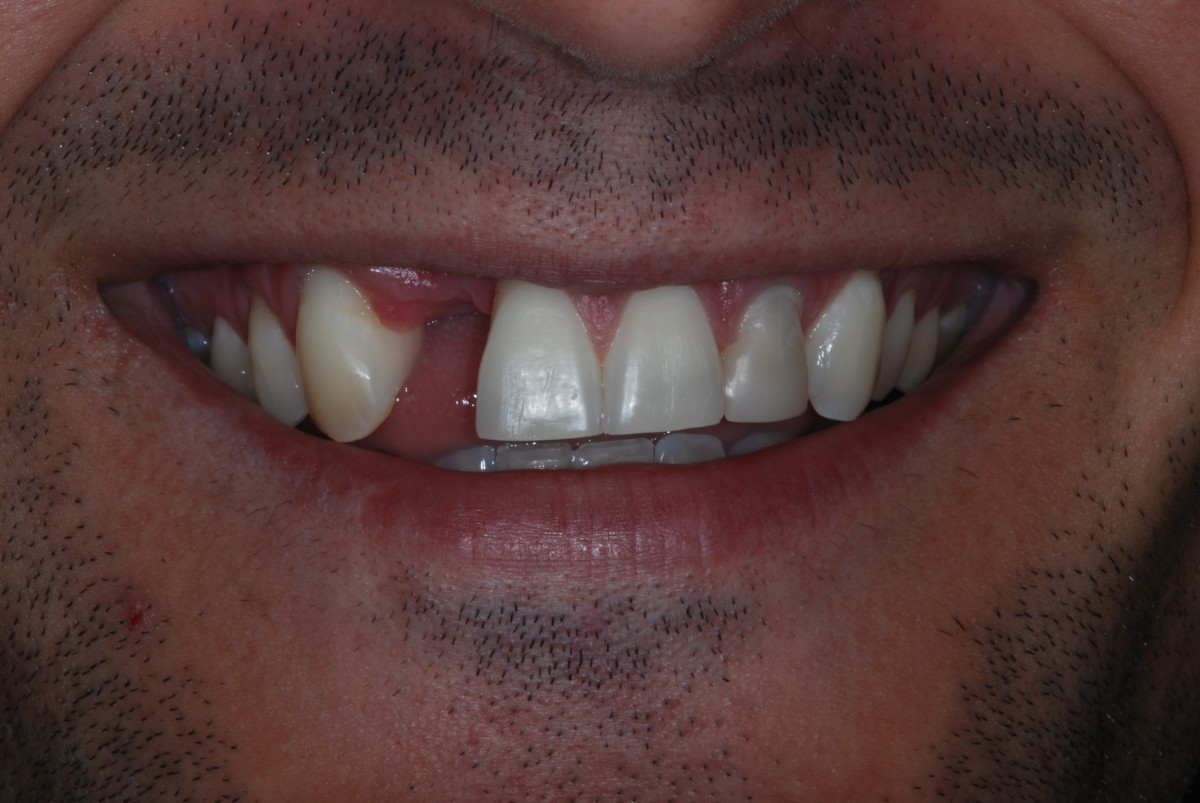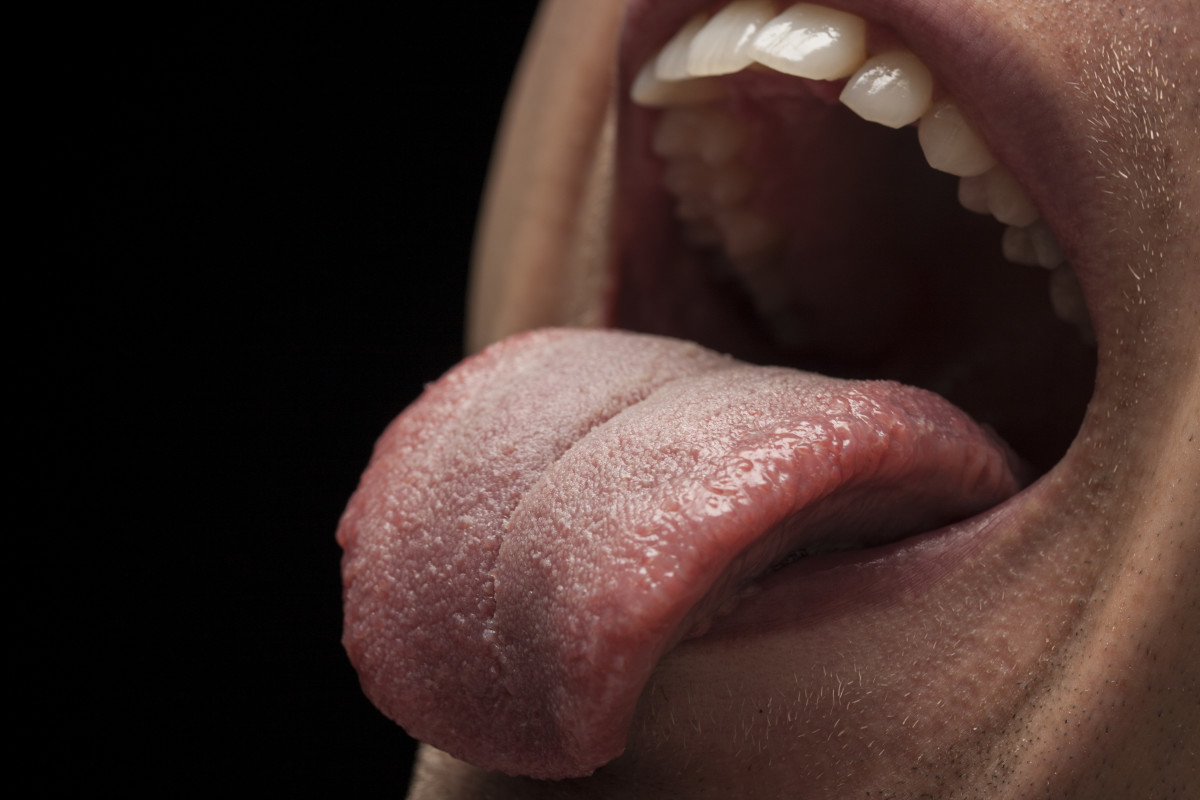How to Suppress a Gag Reflex
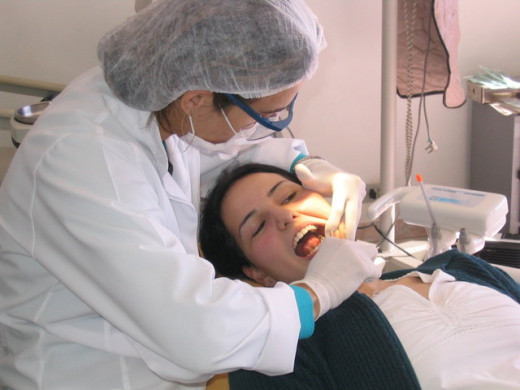
Some people naturally gag when any non-food item enters the back of their mouth. The degree of sensitivity differs from one individual to another. In any case, a gag reflex is a nuisance come time for a dental appointment.
The condition, by the way, is scientifically known as a pharyngeal reflex. According to some estimates, up to 10% to 15% of people have the condition. Interestingly, on the other end of the spectrum, one in three people have the opposite condition, where they seem to lack a gag reflex at all. Lucky them if they ever need to see a dentist.
This article, though, is intended for those of us who consider ourselves "gaggers." You know who you are and experienced it whenever sitting in the dentist's chair. Suppressing your reflex is actually not too difficult and many folks are able to suppress their reflex just enough to make an operation bearable. Give the methods below a try and see how it works out.
1. Condition Your Tongue and Palate
Place a toothbrush or spoon against your tongue and push it back until you reach the point of near-gagging. Keep it there as long as you can, while focusing on breathing in and out through your nose. Practice for about five minutes a day starting two weeks before your appointment. The key is to really place your focus on your breathing. Take long breaths through the nostrils and don't be afraid to exaggerate the breaths.
As you are able to keep objects there longer, move onto bigger objects. Start with your toothbrush, then move onto a small spoon, followed by a large spoon. Consider using a plastic or wooden spoon instead of a silver one as silver utensils leave a bad metal aftertaste. Other objects to use for strengthening your gag reflex include the end part of a toothpaste tube. Just remember to thoroughly wash it afterwards.
2. Thumb and Fist Trick
This is a technique many patients swear by. Make a fist with your left hand and with the thumb inside the fingers. Squeeze your thumb as hard as you can. The pressure on the thumb creates enough distraction to keep the mind off the dental tools entering deep in the mouth.
Some people do this with both hands, but it's better to do it with just one; that way, your concentration is not divided between both hands. Squeeze firmly and just place your awareness on the tension your thumb feels.
Similarly, you can also apply pressure on the hegu point. That's the area between your thumb and index finger. Use those two digits to place pressure on this area of the opposite hand.
3. Numb Your Palate
Five minutes before a dental procedure, numb your palate using a sore-throat spray. If you never used this type of spray before, start by using just a small spritz at the front of your mouth. Numbing sprays contain benzocaine, which some people are allergic to.
The numbing effect is fairly mild. If you find it lacking in strength, ask the dentist to swab your tongue and cheek with some anesthetic. This is the thick, gooey, and slightly sweet ointment used before oral surgery like a dental implant. Explain to your dentist your situation, and he may apply some anesthetic even if just probing your teeth and gums.
Notify the Dentist That You're a Gagger
Even if you have been practicing, it's still a good idea to let the dentist know in advance. Since you won't be able to coherently speak while your mouth is being poked and prodded, come up with a communication plan. If it becomes too much, perhaps you can raise your right hand to signal the dentist to back off and give your sensitive reflex time to rest and reset.
Don’t let an overly sensitive gag reflex stop you from seeing a dentist. The above methods should make all dental procedures tolerable. Your dentist may even be able to recommend a few of their own methods as working with patients with an overly sensitive reflex is not uncommon. If all else fails, sedation is always a plan B option most clinics have at their disposal. One way or another, the dentist will find a way to get you through an exam or surgery.


